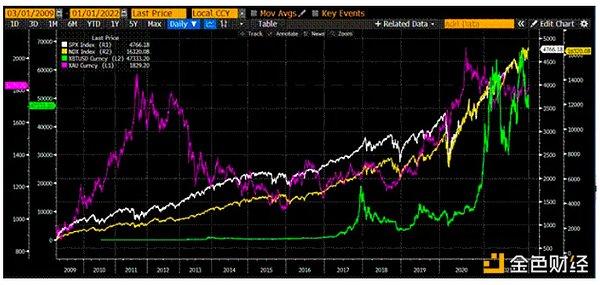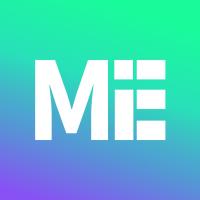Table of Contents
ToggleIn the Web3 era, games are no longer just a pure entertainment tool but have become a real income-generating channel for players. Blockchain Game, also known as GameFi, combines the traditional game world with blockchain technology to open up new economic models where in-game assets truly belong to the players.
In the past, players had to invest a significant amount of money to participate in some blockchain games, but today, with the development of the GameFi 2.0 wave, playing games and receiving Airdrop or earning money has become more accessible than ever.
So what is a Blockchain Game, how does it work, and how is it different from traditional games? Let's explore the details right below.
What is Blockchain Game (GameFi)?

Blockchain Games are games built on blockchain platforms that allow players to:
- Truly own in-game items and assets through Non-Fungible Tokens or tokens.
- Trade assets transparently, safely, and in a decentralized manner.
- Earn money through activities such as fighting, trading, Staking, or participating in The DAO governance.

A typical example of a blockchain game is CryptoKitties – one of the pioneering projects where players can buy, raise, breed, and sell digital cats for profit. Subsequently, famous games like Axie Infinity, Illuvium, Gods Unchained continued to affirm the attraction of this model.
Some projects operate mostly on-chain (directly on the blockchain), but due to limitations in transaction costs and speed, most modern blockchain games combine on-chain (asset management) and off-chain (gameplay experience).
Differences between Web2 Game and Web3 Game

Traditional Offline Games
- Characteristics: Players are isolated in the game, do not interact with others, mainly entertained by AI and bots, following the storyline.
- Advantages: Focus on storyline, gameplay, excellent graphics, good personal experience.
- Disadvantages: Players are isolated, game ends after completing the storyline, requires high hardware.
Traditional Online Games
- Characteristics: Enhanced community connection, players top up money to gain advantages or beautify characters.
- Advantages: High connectivity, unlimited play time, not bound by storyline.
- Disadvantages: Spending money in the game, risk of losing items when trading, graphics not as good as offline games due to hardware limitations.

Models in GameFi
Play to Earn (P2E)
The most popular model, where players earn tokens or Non-Fungible Tokens by completing tasks, participating in battles, or trading in-game items.
- Free Play: Some games do not require initial Capital, allowing players to easily participate, similar to testnet in DeFi.
- Invested Play: Most games require players to buy Non-Fungible Tokens or items to start.
Move to Earn (M2E)

This model developed from P2E and combines health factors, encouraging players to move instead of sitting in front of the screen. Typical examples like STEPN and SWEAT, M2E is also divided into two types:
- Free play and receive token rewards: Players participate without initial investment, such as SWEAT.
- Invest in buying Non-Fungible Tokens to play: Players need to buy Non-Fungible Tokens like STEPN to participate, earning tokens that can be traded on crypto exchanges.
Other Models – DeFi Mechanisms in Blockchain Game
To create a complete game, the mechanism for allocating finances to players is also a prerequisite, thereby distinguishing it from how traditional games operate. There are 3 types of Blockchain Game projects that typically operate:
- Staking: Players can stake reward tokens to earn interest, similar to DeFi. GameFi projects offer staking pools with different time periods and APR levels.
- Farming: Some games allow players to farm main and secondary tokens or main tokens with other platform tokens to generate profits. In GameFi NFTs, players can send idle NFTs to farming to receive reward tokens (for example: SpaceSip).
- DAO: Some GameFi projects allow the community to participate in decision-making through The DAO, where players can propose and vote on future updates.
- Gaming Guild: This is one of the important models that helps promote the rapid development of GameFi. Guilds operate as an intermediary organization connecting game developers and players with key features such as player sponsorship, profit sharing, training, and support.
Opportunities and Challenges When Participating in GameFi
Opportunities
- Earn additional passive income.
- Own truly valuable assets.
- Participate in potential projects early to benefit from Airdrop.
Challenges
- Financial risks if token prices drop significantly.
- Increasingly high competition in P2E/M2E games.
- Some fraudulent or unsustainable projects (play-to-earn bubble)
Summary
Blockchain Game not only opens up a new gaming era but also completely changes how players interact, own assets, and generate income. As blockchain technology continues to develop, we can expect more games with stronger graphics, gameplay, and economic mechanics to emerge in the future. However, always stay alert and carefully consider risks before participating in any project!






